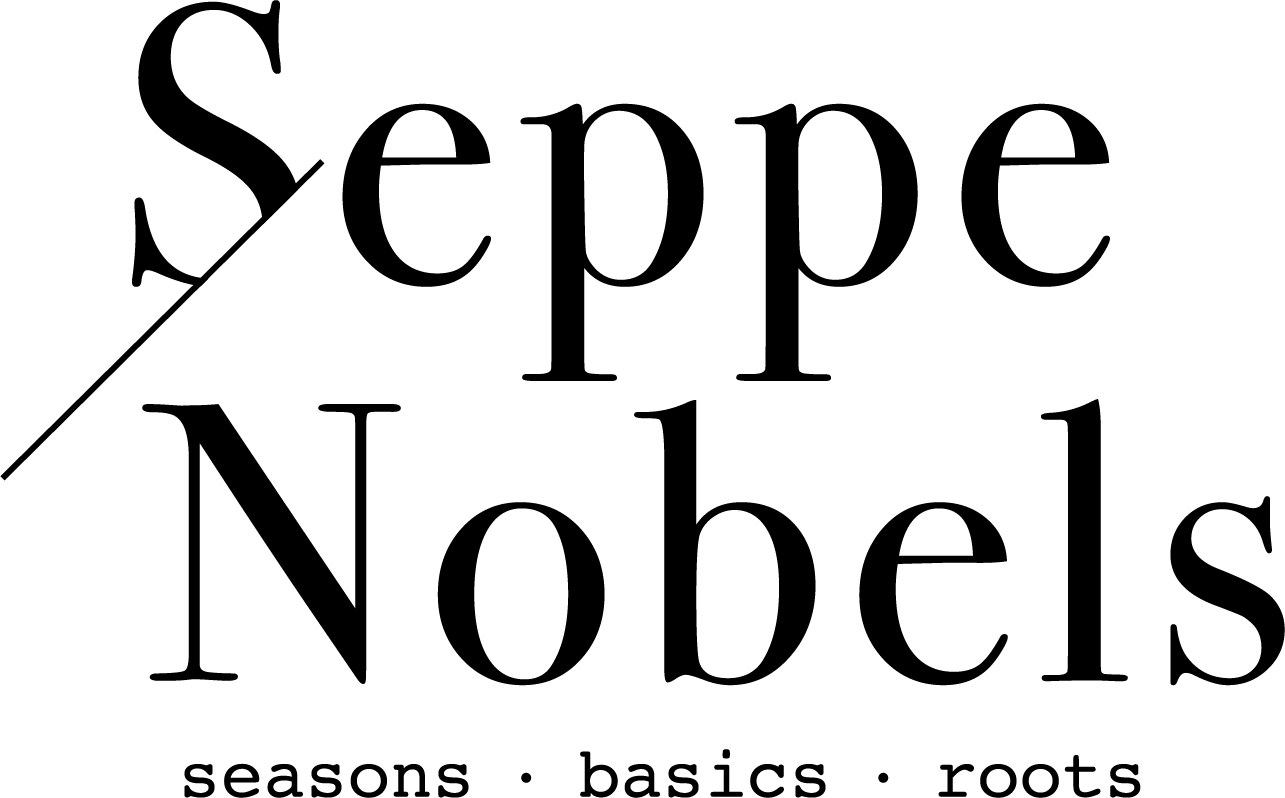Urban farming
The other vegetables and products Seppe uses are preferably grown sustainably – often on the outskirts of the city. A journalist from De Standaard already described Seppe in 2013 as one of the founders of urban farming in Belgium. So that urban farming now yields a wide range of products, all of which are used in Seppes’ kitchen.
Herbs on the roof
With a herb garden and some beehives, Seppe has been practising urban farming for years: more than 100 different herbs and some lesser-known vegetables form the basis for his green urban cuisine. Inspiring and freshly picked. Nectar for man and bee.
A field at the edge of the city
Ole de Schout and Seppe are friends for life. The love of honest and logically chosen food brought them together. In the right seasons, Ole’s vegetables and plants blossom into culinary works of art in Seppe’s kitchen. “Vegetables belong in an open ground,” says Seppe. “For me, the same applies to vegetables as to our society: a lot of diversity, no monoculture. Planted and grown with water and sunlight, without any form of pesticide, harvested by the hand of a farmer or chef, at the rhythm of nature. I only want to listen to nature, not the other way round.“
Urban honey
Seppe created the Amielo brand together with Rik Janssens of Boechoutse Honing. A of Antwerp, miel is the French for ‘honey’ and O of Organic. Rik and Seppe take care of the beehives. Their own honey is immediately used in Seppes’ kitchen, because in his dishes he limits refined sugar to an extreme minimum. Cities such as Mechelen, Brussels, Ghent, Kortrijk and Ostend have also joined the project and installed Amielo hives. And the honey? It has a surprisingly distinctive flavour in every city, thanks to the great diversity of its blossoms.
Algae
Seaweed and algae are the food of the future. Due to population growth, there is less and less room for traditional agriculture. But in pristine areas such as the Oosterschelde and Zeeland, fantastic sea vegetables and sea herbs, algae and seaweed, can be found that contain unprecedented salty flavours. In order to bring that sea food to the city and harvest it there, Seppe and his partner Arnold de Jaeger are devising a way to cultivate algae and seaweed in sea containers.
Mushrooms
Stijn Jardin is one of Seppe’s regular travel partners. On these trips, both men are constantly inspired by other food cultures and discover new techniques and ingredients which they take home. During one of their trips, the idea of growing mushrooms on coffee grounds was born. The mushrooms are then grown in a city cellar or unused space, and the coffee residue is reused as nutrient-rich and flavourful soil. Waste reduction and recuperation thus help to create a new and tasty product.

